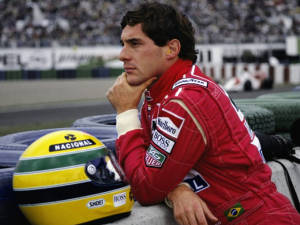
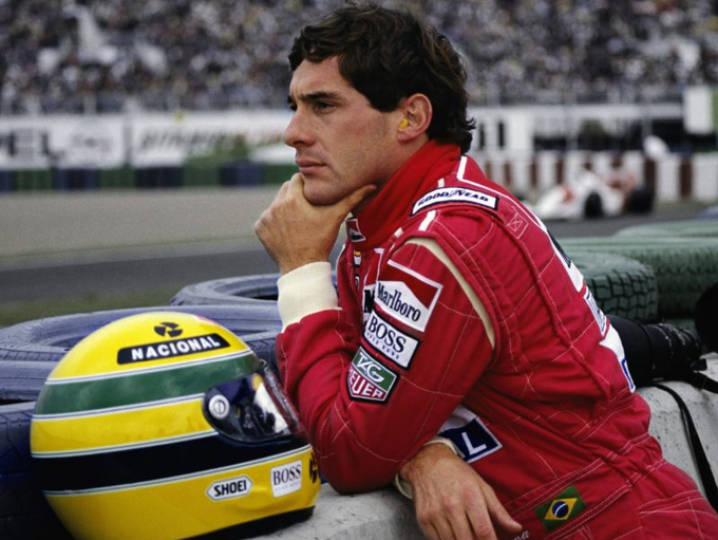
History is recorded by landmark events. For most of the world, whether they like it or not, it comes down to BCE and CE (formerly BC and AD).
As far as Formula 1 is concerned, 1 May 1994 andndash; the raceday of that year's San Marino Grand Prix - saw the landmark event after which things would never be the same. The death of Giles Villeneuve at the 1982 Belgian Grand Prix had already led to the ban on wing shaped underbodies of cars for ground effects. That was the first step in making F1 about something less than the ultimate pursuit of speed.
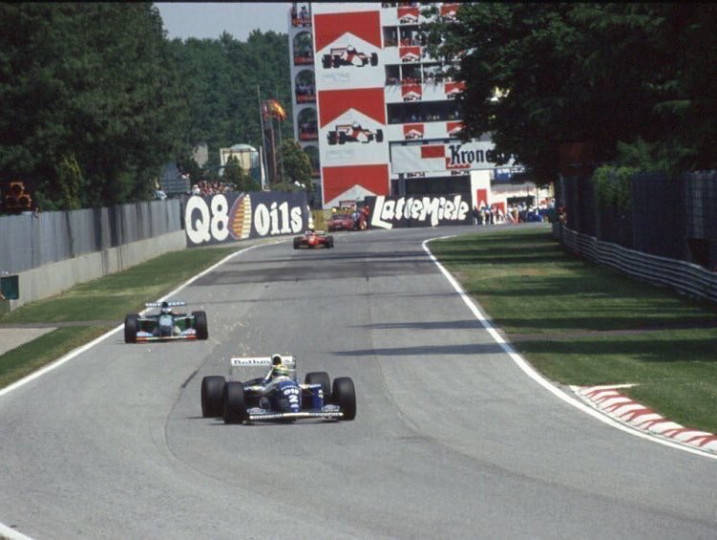
No driver in the history of F1 epitomized that pursuit better than Ayrton Senna da Silva who hailed from Sao Paulo in Brazil.
Committed to speed
And it wasn't just that his last name sounded fast and fit for a racing driver. In hindsight, everything from his determination to maximize his potential in a racing car, his exotic country of birth, good looks and eloquence made him perfect for the television era.
Like all other major sports that helped people zone out from their real lives, F1 had become a staple for those eager to see not just competition, but also a spectacle.
Thanks to the fact that Senna largely raced in an era when F1 cars were largely mechanical, including having three pedals and an H-pattern gearbox, the spectacle was especially compelling in qualifying.
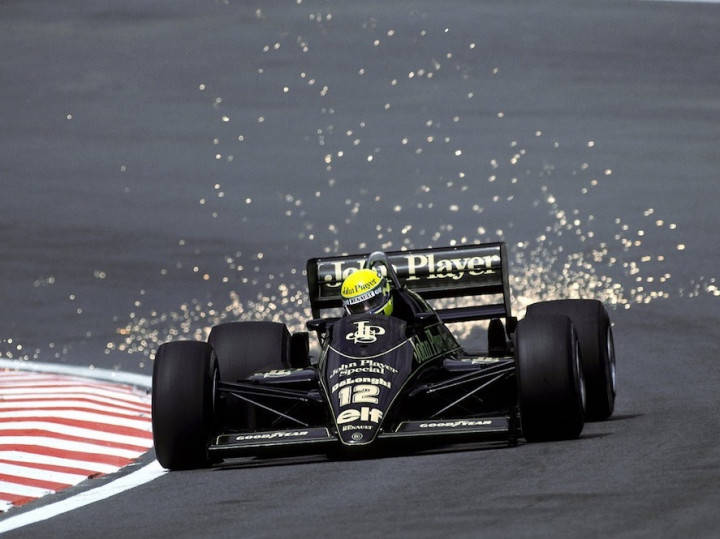
Drivers with a car advantage may have had the better of him on Sunday or drivers wily enough to know when to hold back and when to attack (Alain Prost), but Saturdays belonged to Senna.
Qualifying master
Saturday is about setting that one flying lap that no one on their best day could match. Saturday is about Speed. Senna took pole position for 65 of the 162 races that he entered.
The 1988 and 1989 seasons, when he drove by far and away the most dominant car on the gird, were his most intense. Having Prost as a teammate in those two years made sure of that.
Senna was on pole for 26 of the 32 races held over that period. It was also over the course of these two seasons that set the record for the most consecutive front row starts at 24. Prost's race-craft kept thing much closer when it really mattered on Sunday, however.
If you look at the 1988 season standings purely from how many total points a driver scored, Prost actually outscored Senna by 105 points to 94. But since only a driver's best 11 results counted towards the drivers' title back then, Senna took the title by a margin of three points due to winning eight races to Prost's seven.
In 1989, prior to the last two rounds of the season, in which neither Senna or Prost scored any points - things got really nasty and F1's ugly political side took center stage andndash; Prost was leading Senna in the standings 81 to 60 despite winning four races to Ayrton's six. This was before taking into account a driver's best eleven results only, which made the tally 76 to 60 in Prost's favour. Let's talk about Prost on another day, however.
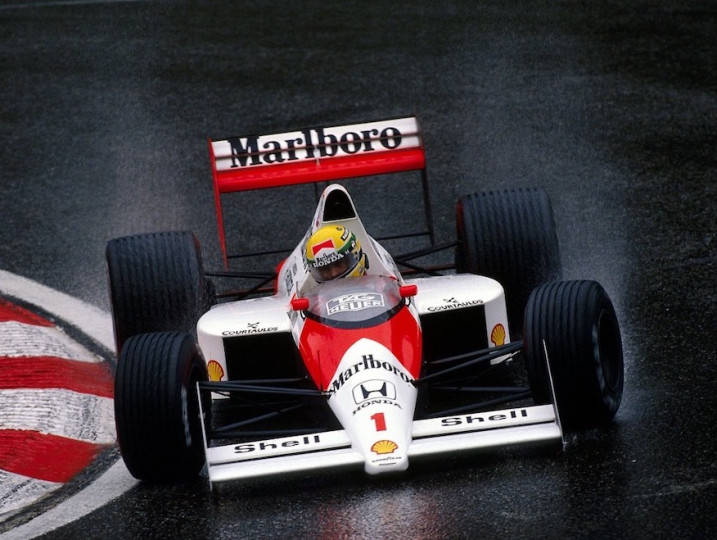
A paradigm shift
I go on about Senna's qualifying prowess specifically because that pursuit of ultimate speed left Formula 1 the day Senna left life's stage.
After the 1994 San Marino Grand Prix, it was required for cars to have a resin plank and skid blocks on the underbody of the car to raise their ground clearance. Before that the cars had flat underbodies and were low slung to maximize downforce and lower the center of gravity.
Even before the 1994 season, electronic driver aids like traction control, active suspension and automatic gearboxes were banned at the end of the 1993 season to both slow down the cars and increase driver input. Senna was outspoken about the removal of these driving aids as he felt it made the cars unsafe.
In addition to that, F1's increased safety drive to protect drivers andndash; one of its two most valuable assets along with its fans andndash; has seen a change in the venues it races at. State of the art Herman Tilke designed racetracks were designed to aid overtaking.
This was because F1 car development became increasingly reliant on aerodynamics, making it harder for two cars to follow each other through a corner at a 'traditional' track like Imola, the venue of the San Marino Grand Prix, last held in 2006.
King of Imola
Imola's Autodromo Enzo e Dino Ferrari was the venue where Senna set two qualifying records that stand to this day. The fast, flowing and undulating circuit with high-speed corners was suited for Senna's willingness to push himself to a limit that seemed out of reach for others.
He holds the record of most pole positions at the same Grand Prix (held jointly with Lewis Hamilton) - eight, from 1985 to 1991 and in 1994. As well as the most consecutive pole positions at the same Grand Prix andndash; seven from 1985 to 1991.
Qualifying itself changed in 2003 as F1 fiddled with various formats and the one hour qualifying spectacle where a driver lying as low as 12th could suddenly put it all together for one storming lap was gone. The current three stage knockout system has brought back some drama, at least. It is not quite the same, however.
I would argue, controversially, that there have been better F1 drivers than Ayrton Senna, but I have maybe only five other options to argue in favour of, Juan Manuel Fangio, Michael Schumacher, Lewis Hamilton, Jim Clark and Alain Prost. Senna included these drivers represent just 0.008 percent of the total number of F1 drivers with at least one start to their name.
Senna stands alone, however, in how his speed captivated audiences as F1 reached living rooms far and wide and how his tragic death andndash; due to F1's relatively blasandeacute; attitude towards safety andndash; continues to influence how F1 is run to this day.
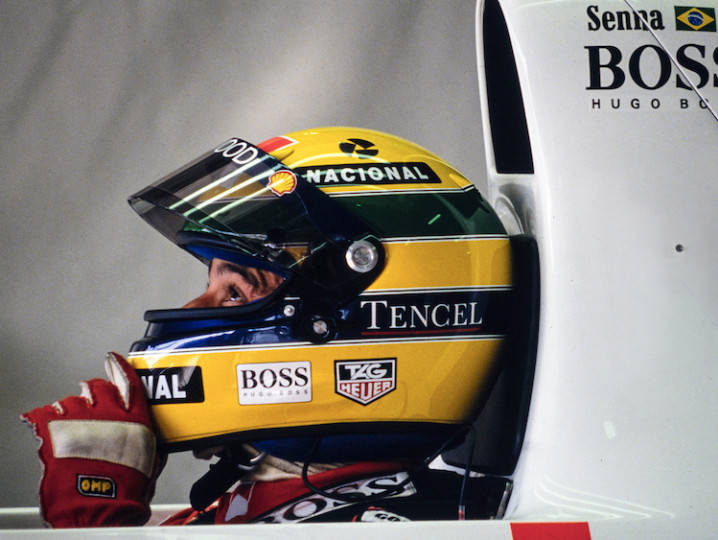
from zigwheels https://ift.tt/35mXYRP

0 comments:
Post a Comment